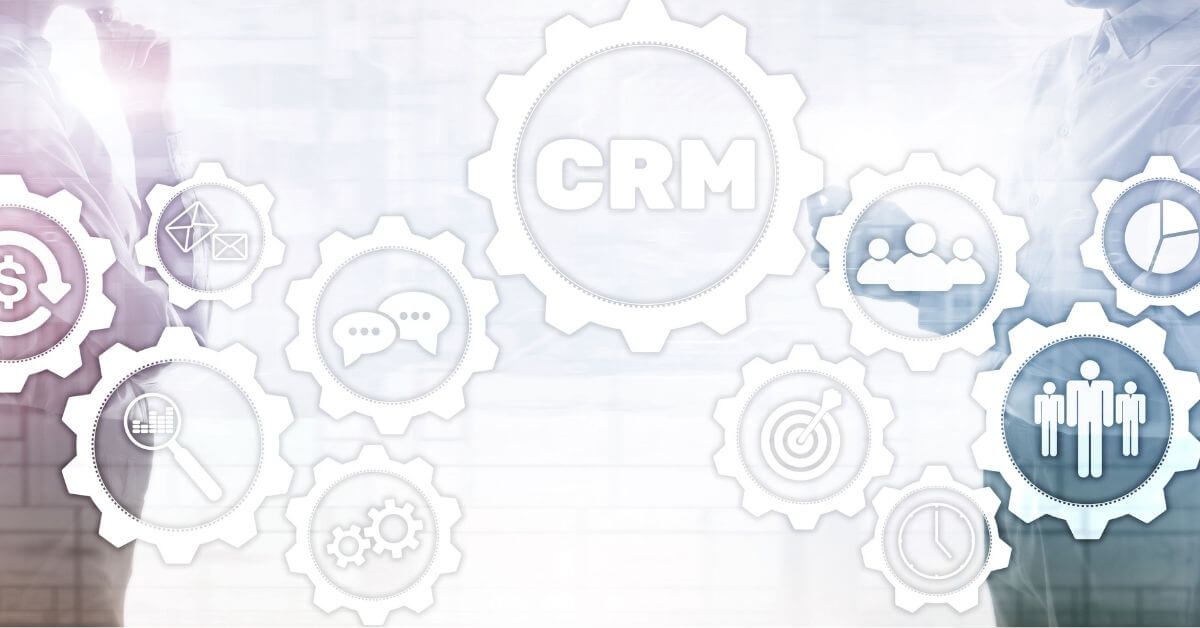I saved $500, now what? If you don’t have an emergency fund, I’d recommend you put it there. If you are looking for somewhere else to put your money to work and taking some risk on, maybe you are ready to start investing?
What Not To Do
You’ve probably seen YouTube videos showing how guys got lucky making $10000 with an initial investment of $500 in the stock market.

STOP! Get those ideas out of your head. FOMO or Fear of Missing Out will kill your investments. Slow and steady wins the race. Let’s invest and not gamble.
When I first started out, my mind wasn’t clear. I was trying to get from $500 to a million in a year. What really happened was I went from $500 to -$500. I really lost a lot more but my wife would kill me if she found out how much. Yes losing more than you have can happen with a thing called MARGIN. Margin Calls are not fun. If you are brand new to investing, let’s stay away from terms like Margin, Options and Crypto, leave that to be used by those that have a high risk tolerance and some education behind it.
If you hear or see “To the moon” or “To the ground” just quietly excuse yourself from those chats, tweets, conversations. It will lead you to engage in emotional trading. You’ll FOMO and end up “buying the top” and when you realize what you did and see it going the other way, you’ll end up “panic selling”. Don’t try to get lucky. Luck does not build wealth, discipline does.
Learning The Basics
A stock represents a company. A stock is a security. A security is a tradable financial asset. An ETF is an exchange traded fund which represents a diversified offering or basically a basket of securities.
A share is the ownership of a company. You purchase shares of a company. Market Cap of a company is the total amount of publicly traded shares multiplied by the price per share.
Many trading platforms exist that will allow you to buy and sell these securities represented by tickers like AAPL for Apple, TSLA for Tesla, and FB for Facebook. You can also search for tickers for ETFs like QQQ which represents the Nasdaq 100 and SPY which represents the S&P 500. Some platforms allow you to buy a fraction of a security.
The market goes up or down. When market sentiment is positive, it goes up, when market sentiment is negative, it goes down.
The market is made up of multiple sectors like energy, healthcare, information tech, real estate, etc. Diversify your portfolio by investing into multiple sectors. If you can’t decide specifically what company in which sector you want to invest in, there are sector ETFs as well like XLE for Energy, SMH for Info Tech and XLF for Financials.
Don’t put all your eggs in one basket. There are times when a particular stock or sector is hit hard and by diversifying your portfolio, you can limit the downside impact.
If it’s your first time, take it slow. Buy a few shares of something and watch it react to relative news.
What Platform Should I Use
There are multiple platforms to get you started and it’s never been easier. I personally have investments in each of the platforms listed below.
The one great thing that Robinhood did other than provide a simple interface for trading was $0 trade fees / commissions. They leveled the playing field by forcing the big four brokerages like TD Ameritrade, Fidelity, Charles Schwab, E*Trade to get rid of their ridiculous trade fees. Investing never became mainstream until Robinhood came along. Trading was no longer an old farts game anymore. Millennials and Generation Z were joining the party and bringing their money to the market.
By using this link to sign up, you will randomly get a free stock (could be worth anywhere between $1-$100+), after you set yourself up. Let me know what stock you get!
Do you like pie graphs? So does M1. How M1 Finance represents your investment portfolio is through a pie. When I think of M1, I think of a 401K, only because transactions are handled like one. At the start, you will select a certain mixture of stocks and/or ETFs that make up your portfolio. You can create your own pie, add or copy an existing pie and tweak it. Portfolio adjustments are only allowed once or twice a day, so if you decide you want to sell some stocks or buy more or contribute more money to your portfolio, you’ll have to wait till the designated time. This is really a platform for the set it and forget it strategy. I’m up over nearly 100% after a little over a year.
Between July 7, 2021 – September 7, 2021, when you create an account with $100 or deposit $500, you will get $50 within 7-14 days to use in your account when you use this link to sign up!
WeBull incorporates features for more advanced active traders, however, that doesn’t mean you can’t use it. I’ve just recently purchased some stocks on here but find the interface a little more complicated. It reminds me of a flight simulator game. This is obviously my least favored platform at the moment.
Creating an account will yield you a free stock valued between $3 – $300. Once you make an initial deposit of $5 or more, you get another free stock valued between $8 – $2000. Click here to sign up.
The iFlip app is a game changer. You are allowed to trade stocks and ETF’s here but, in addition, you can also participate in “A.I. SmartFolios” that use machine learning for management. It attempts to preserve growth and reduce losses by protecting you on a severe downside or crash. There is a minimum investment to use these A.I. SmartFolios, starting at $400. More A.I. SmartFolios become available if you pay for their higher tiers of service.
There are no incentives to join, but this is cool technology. Click here to sign up.
***Once you create an account on these platforms, you will then be able to take part of their referral programs and also make a little money or receive stock to add to your portfolio. It really is a win win.
What about taxes?
At the end of the year, these platforms provide you all the necessary tax forms. Filing should be no problem if you are using TurboTax or a CPA. If you buy and never sell, you won’t have to file any taxes. If you sell a financial asset before owning it for a year, you are subject to short term capital gains tax (more) and if you hold longer than a year, you are subject to long term capital gains tax (less). This will be relative to your tax bracket.
Summary
There are other full service brokers as well, like the ones mentioned above, but I’ll save that for another article. For now, let’s start getting our feet wet and watching one of our streams of income grow.
If you liked this article, please give us a follow on Facebook and/or Instagram and Sign up to The AllKineGrass Newsletter, so you don’t miss another article and who knows, we might share some secret insights that you’ll find in your inbox.
Do you have any incredible wins or something you’ve learned in your process of investing you’d like to share, comment below?
If you are dying to learn more about investing, here was one of my resources when I first got started.
Page Disclaimer and Disclosure
I’m not a certified financial planner/advisor nor a certified financial analyst nor an economist nor a CPA nor an accountant nor a lawyer. I’m not a finance professional through formal education. The contents on this site are for informational and entertainment purposes only and does not constitute financial, accounting, or legal advice.
This page uses affiliate links to offset costs associated with running the blog. If you click and/or make a purchase through affiliate links on this page, I may receive a small payment at no extra cost to you. All opinions are my own. I only link to products and services I currently use or have previously used. Thank you for helping keep this site running, providing free and valuable content to you!






